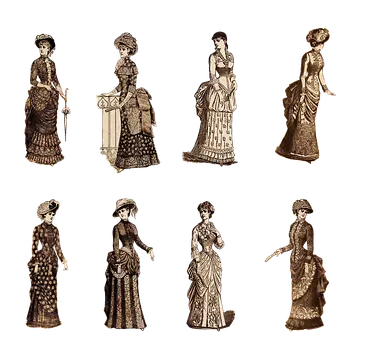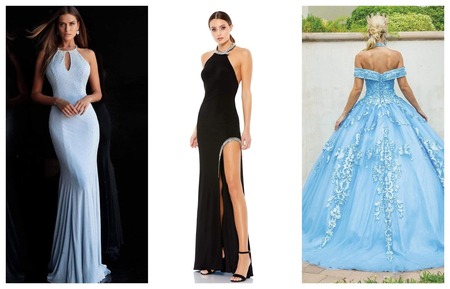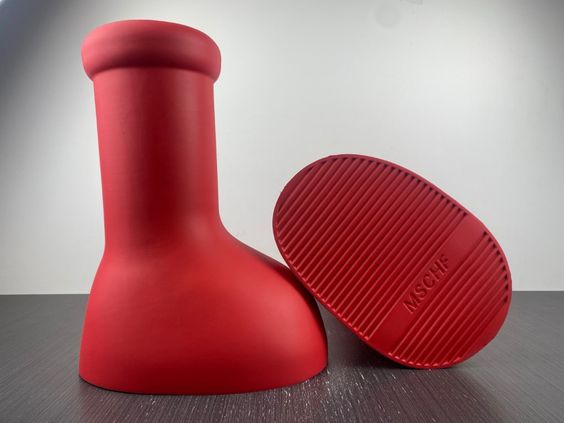Fashion has been around since the dawn of civilization, and it is constantly changing and evolving with each new generation of designers and consumers. Each generation brings its own unique spin on the trends of the time, and understanding how those trends fit into their own culture is essential to understanding their contribution to the wider fashion world. In this article, we will explore the various generations of fashion and their impact on the fashion industry. We will look at the different trends and themes that dominated fashion during each of the generations, as well as the notable artists, designers, and personalities who helped shape the fashion world during that time. By the end of this article, you should have a better idea of the evolution of fashion and how it has been influenced by the different generations who have come before us.
The Pre-Industrialization Generation
Before the advent of the Industrial Revolution, fashion was limited by the lack of mechanization and the handcrafted nature of clothing. During this period, fashion was mainly dictated by royal and religious edicts, and clothing tended to be expensive and elaborate. Popular clothing items included long, billowing gowns, corsets, and embroidered robes. Colors were often muted, as vibrant tones were inaccessible due to the lack of chemical dyes. Artisanship was highly valued, and clothing was usually handmade with fabrics provided by local artisans.
The Industrial Revolution Generation
The Industrial Revolution had a significant impact on fashion, as the advancements in technology made it possible to produce clothing on a large scale. The ready-to-wear clothing industry was born, and new fabrics like cotton, wool, and silk were developed. This was a time of exploration and experimentation, with designers often creating groundbreaking designs such as the cocoon dress and hoop skirt. Fabrics such as tartan and denim became popular for everyday wear, and the use of bright colors and novelty fabrics became more widespread.
The 20th Century Generation
The 20th century saw an explosion of fashion designs and trends, as designers increasingly began to experiment with different fabrics, styles, and silhouettes. The introduction of synthetic fibers like nylon and rayon revolutionized the industry, as it allowed for the mass-production of clothing in a wide variety of shapes and colors. Clothing began to evolve away from the traditional, staid styles of the pre-industrial era, and it became more daring, playful, and accessible. Popular trends included Coco Chanel’s sleek and minimalist designs, Christian Dior’s “New Look” of hourglass silhouettes, and the bold and colorful creations of Yves Saint Laurent.
The 21st Century Generation
The 21st century has seen a shift in the fashion industry towards sustainability and eco-friendly practices. Designers are increasingly making use of upcycled materials, vintage pieces, and ethically produced fabrics. Street fashion has also made an impact on high fashion, as the mainstream embrace of streetwear has seen the likes of Gucci, Prada, and Louis Vuitton adopt more casual and comfortable silhouettes. As technology advances, fashion continues to evolve in exciting and unpredictable ways.
Conclusion
Fashion is a reflection of the times and the generations that come before us. Each generation brings its own unique contributions to the fashion world, and understanding how they fit into the bigger picture is essential to really appreciating their legacy. From the elaborate and expensive garments of pre-industrial times, to the diverse and vibrant styles of the 21st century, fashion has come a long way, and it shows no signs of slowing down.








